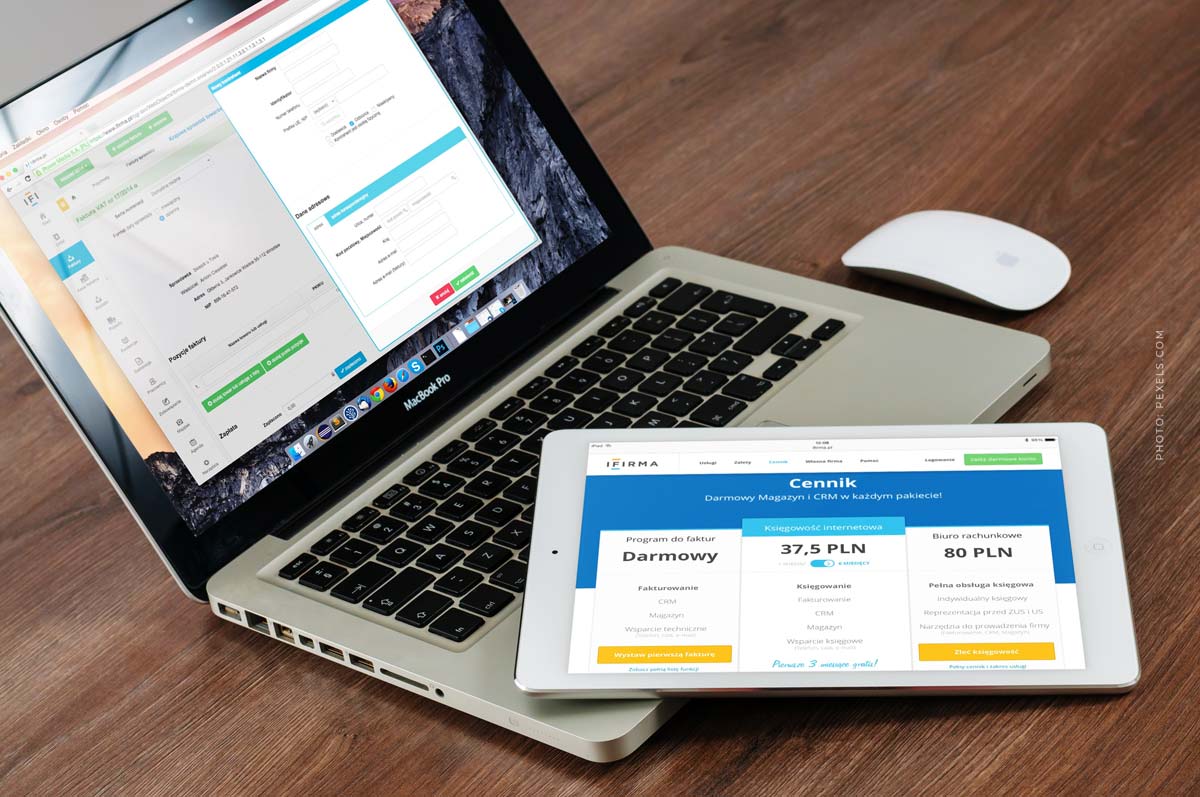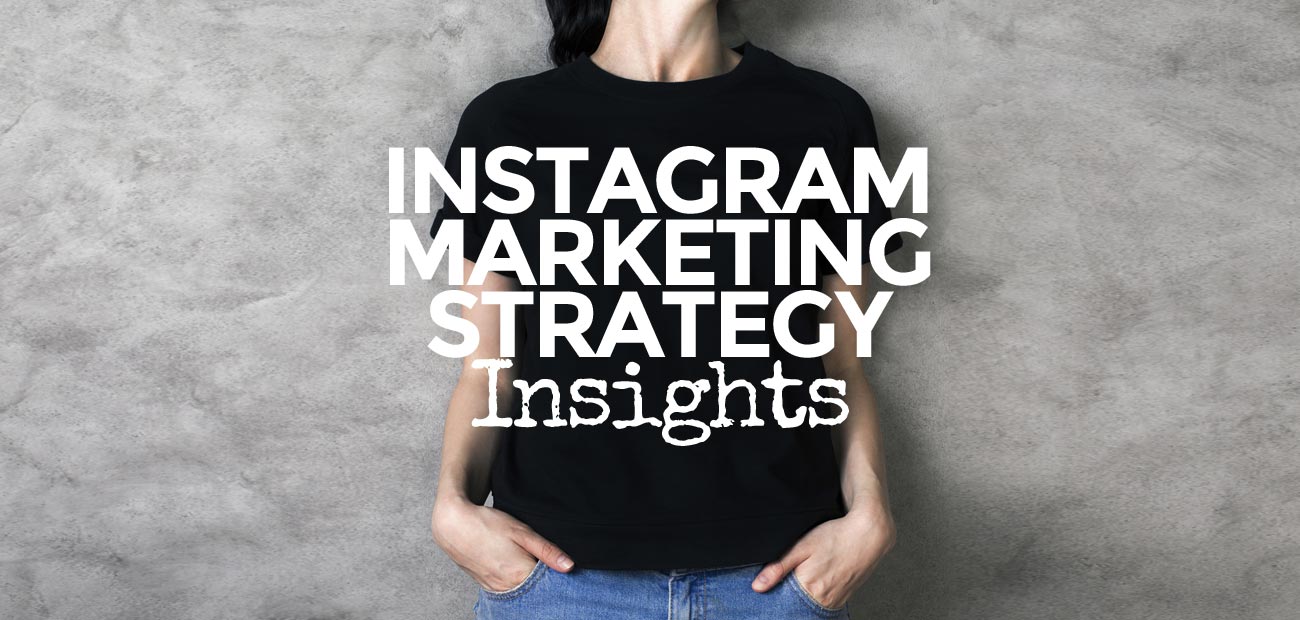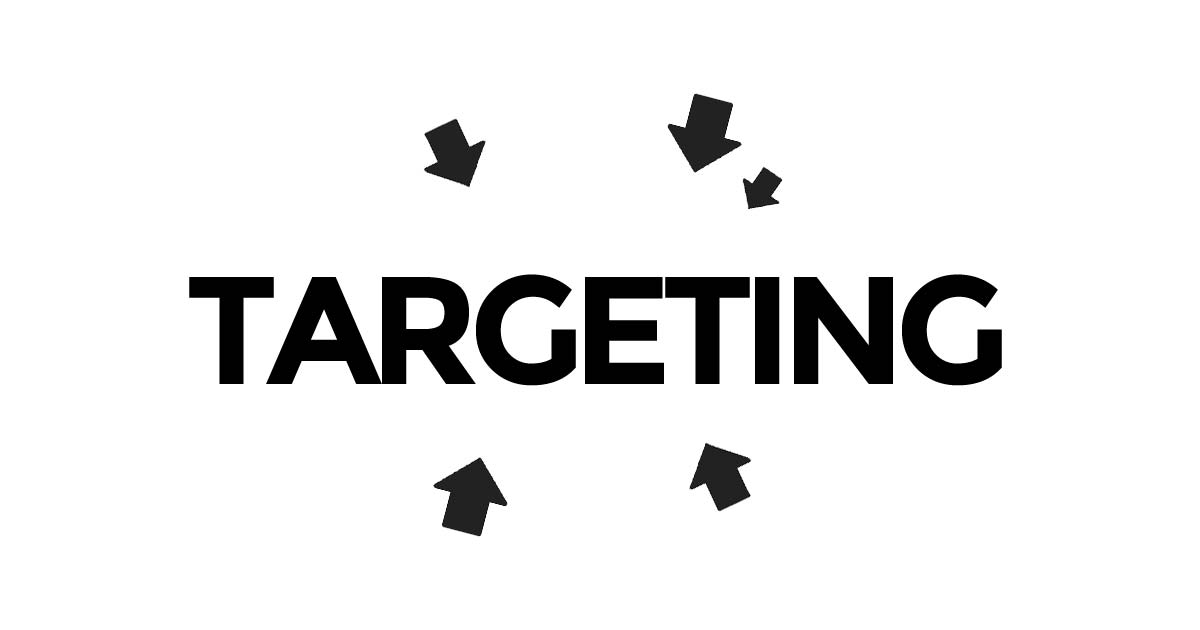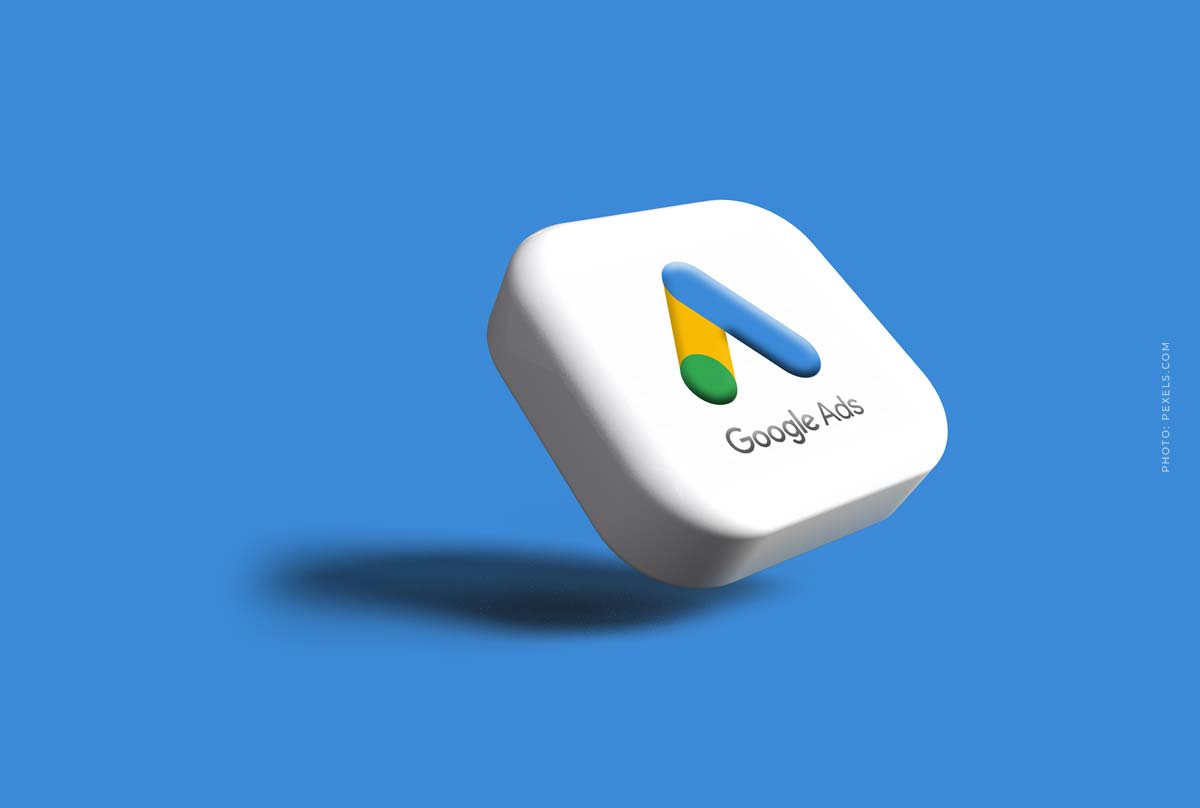Cross-media marketing: strategy, advantages and examples
Cross-media marketing – Cross-media marketing spreads a marketing message via online advertising, e-mail marketing, SMS and messenger services, out-of-home advertising, events, sponsoring, in-store marketing, radio, TV or even print media. Depending on size and scale, this has the great advantage of directly advertising to target groups in an all-encompassing way, rather than through a single channel and with one agency at a time. Learn more about the strategy here: Crossmedia Marketing.
What does Crossmedia Marketing 2025 mean?
Cross-media marketing refers to the use of different media channels to create and distribute an integrated marketing campaign. This can mean distributing a marketing message through print advertising, TV commercials, social media platforms, email marketing, and other channels to reach a broad audience. The idea behind cross-media marketing is to follow a coordinated marketing strategy to increase brand awareness and reach the target audience on different channels.
Typical cross-media marketing channels
Marketing channels that can be used in cross media marketing (excluding TV):
- Online advertising (e.g. on websites, social media)
- Email marketing
- SMS and messenger services (e.g. WhatsApp, Facebook Messenger)
- Out-of-home advertising (e.g. billboards, outdoor advertising)
- Events and sponsoring
- In-store marketing (e.g. in retail)
- Print media (e.g. magazines, journals)
- Radio
- TV
There are many more channels that can be used in cross media marketing, and the choice depends on the goals and target audience of a campaign.
Advantages of cross-media campaigns: opportunity costs
Cross-media campaigns offer a number of benefits, including:
- Increased brand awareness
- Improved target group approach
- Increase customer loyalty
- Increased campaign effectiveness
Increased brand awareness: By spreading the marketing message through various channels, you reach a larger target group and can increase brand awareness
Improved targeting: cross-media campaigns make it possible to reach the target group on different channels, which can help ensure that the marketing message is better received
Increase customer loyalty: By integrating marketing messages across multiple channels, companies can strengthen customer loyalty and build long-term relationships
Increased campaign effectiveness: Cross-media campaigns can increase the effectiveness of marketing campaigns by reaching the target audience on different channels and increasing brand awareness
Use marketing budgets more effectively
In terms of opportunity costs, cross-media campaigns offer the advantage that companies can use their marketing budgets more effectively by using different channels to get their messages out. This can help reduce opportunity costs by ensuring that the marketing budget is targeted to achieve the best results.
Case studies: This is what crossmedia 2025 could look like
Let’s look directly at two ideas, two examples of:
- Autohaus XYZ – New customers and customer loyalty
- Product ABC – Launch in the supermarket
Car dealership: Social Ads > Email Marketing > Sales
Method:
Social Ads > Email Marketing > Sales Funnel > Sales
Car dealership XYZ wants to attract new customers and uses a cross-media campaign that includes both social media and email marketing.
The social media campaign starts with a series of posts in which the dealership presents its latest models and positions itself as a reliable provider. The posts contain links to
When users click on the landing pages and leave their contact information, they are added to the dealership’s sales funnel and receive regular emails with offers and information about new cars.
The dealership also uses targeted email marketing to address specific user segments and provide them with personalized offers.
By combining social media and email marketing, the dealership can attract new customers and guide them through the sales funnel, ultimately persuading them to buy a car.
Step by step to the sale
Here are the steps the dealership took in my example:
- Creation of a social media campaign: the dealership created posts showcasing its latest models and positioning itself as a reliable provider
- Posting links to landing pages: Links to landing pages were provided in the social media posts where users could get more information about the cars and contact the dealership
- Use of email marketing: once users left their contact details on the landing pages, they were added to the dealership’s sales funnel and received regular emails with offers and information about new cars
- Targeted email campaigns: The dealership also used targeted email marketing to target specific user segments and provide them with personalized offers
Tip. Read more about the topic here:
Product Launch > Content Creator > Social Leads > In-Store
Methodology:
Product Launch > Content Creator > Social Leads / Followers > Brand Awareness In-Store
The ABC brand wants to launch a new product that will soon be available in many supermarkets. To generate awareness for the product, the brand is commissioning content creators to produce creative content that will be published on Instagram, TikTok and YouTube.
Content creators create short, entertaining videos that introduce the product and show how it can be used. They publish the videos on their social media channels and also use advertising budget to promote the videos and show them to a wider audience.
By posting videos on popular platforms like Instagram and TikTok, the brand can increase awareness and gain new followers. The videos can also help the product stay in consumers’ minds, making them more inclined to buy it the next time they go to the supermarket.
Step by step to the sale in-store
Here are the steps taken by the ABC brand in our example:
- Commissioning content creators: The brand has commissioned a team of content creators to produce creative content that showcases the new product
- Video creation and publishing: Content creators created short, entertaining videos and published them on Instagram, TikTok, and YouTube
- Use of advertising budget: the brand has used advertising budget to promote the videos and show them to a wider audience
- Increase awareness and gain followers: By posting videos on popular platforms such as Instagram and TikTok, the brand was able to increase awareness and gain new followers
- Increasing the likelihood that the product will be purchased at the supermarket: Through the videos, the brand was able to make the product stick in consumers’ minds, making them more likely to buy it the next time they shop at the supermarket
Practical example: Can Challenge
The food market, and energy drinks in particular, is hotly contested. Big European players like RedBull, American brands like Monster and newcomers like Silver Arrow. How do you attract attention? In the Can Challenge, we showed how music influences social media and ultimately pushes sales.
Have you heard… “Got Milk?” of the 90s
Cross-media worked great back in the 90s, and with the power of social media marketing and its treasure trove of data, you can be even more efficient.
A well-known cross-media marketing campaign is the “Got Milk?” campaign, which was launched in the USA in the 1990s. The campaign relied on a series of print ads that portrayed drinking milk as a healthy habit and became a well-known slogan. The ads were published in magazines, newspapers and out-of-home advertising, and were also part of TV commercials and radio spots.
The “Got Milk?” campaign was later rolled out in other countries and has helped sustain milk sales in the United States.
The campaign shows how cross-media marketing can help to increase brand awareness and reach the target group on different channels.












 4.9 / 5.0
4.9 / 5.0